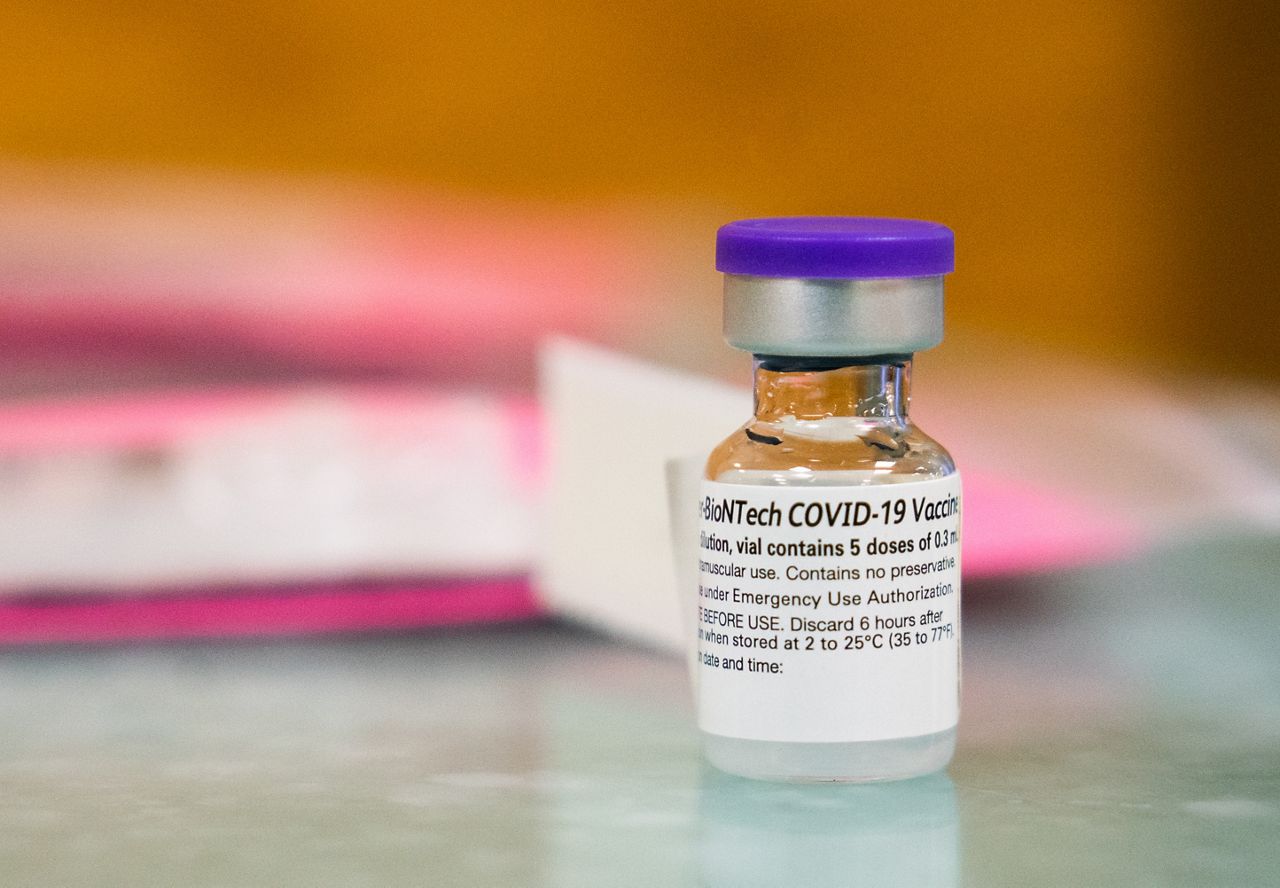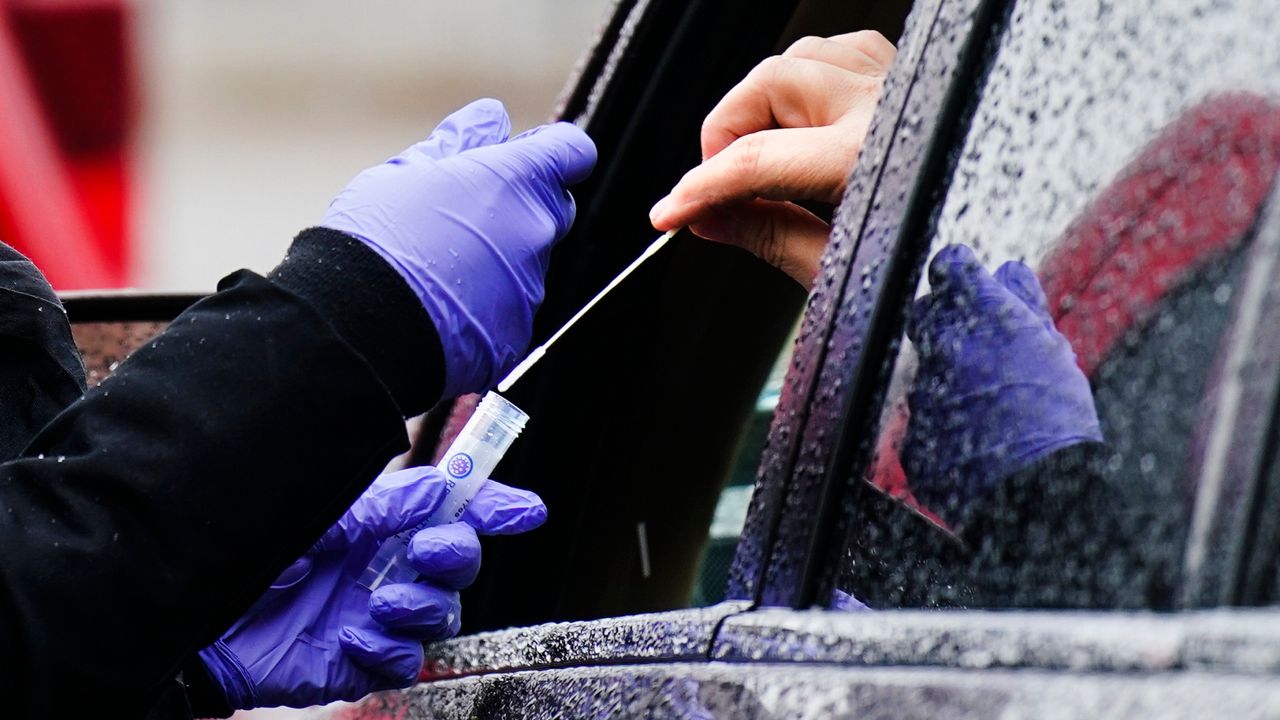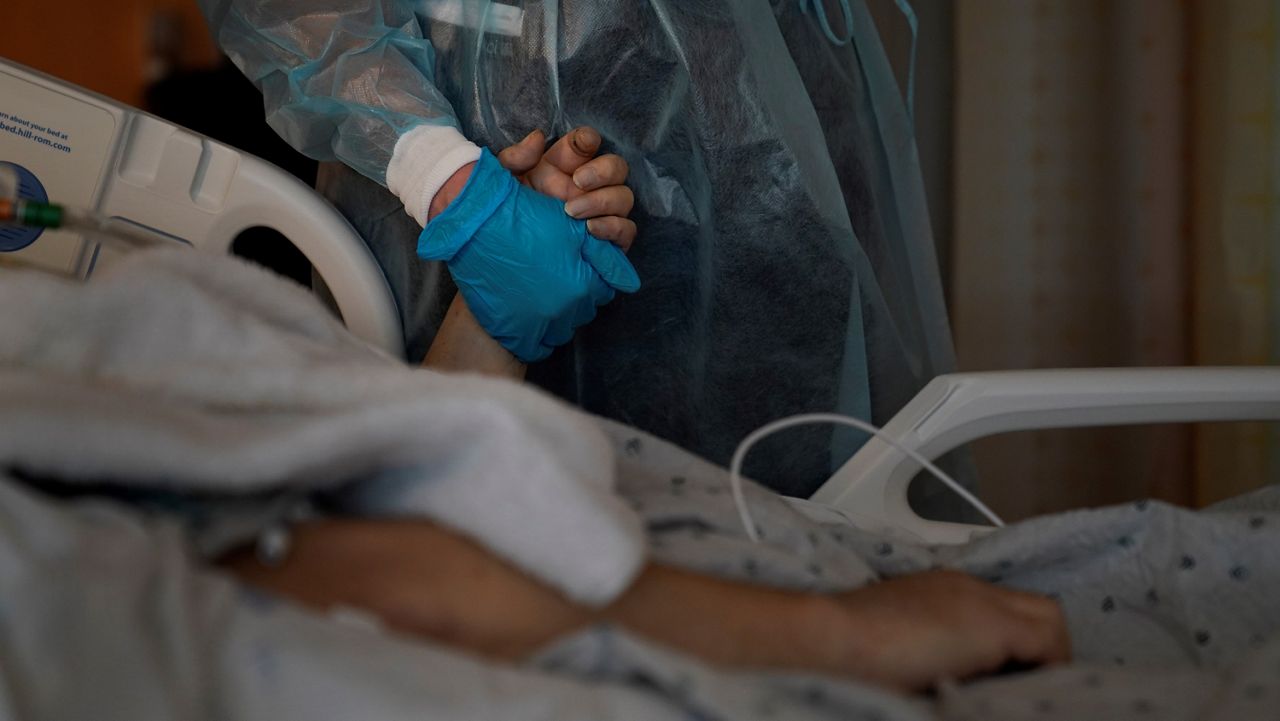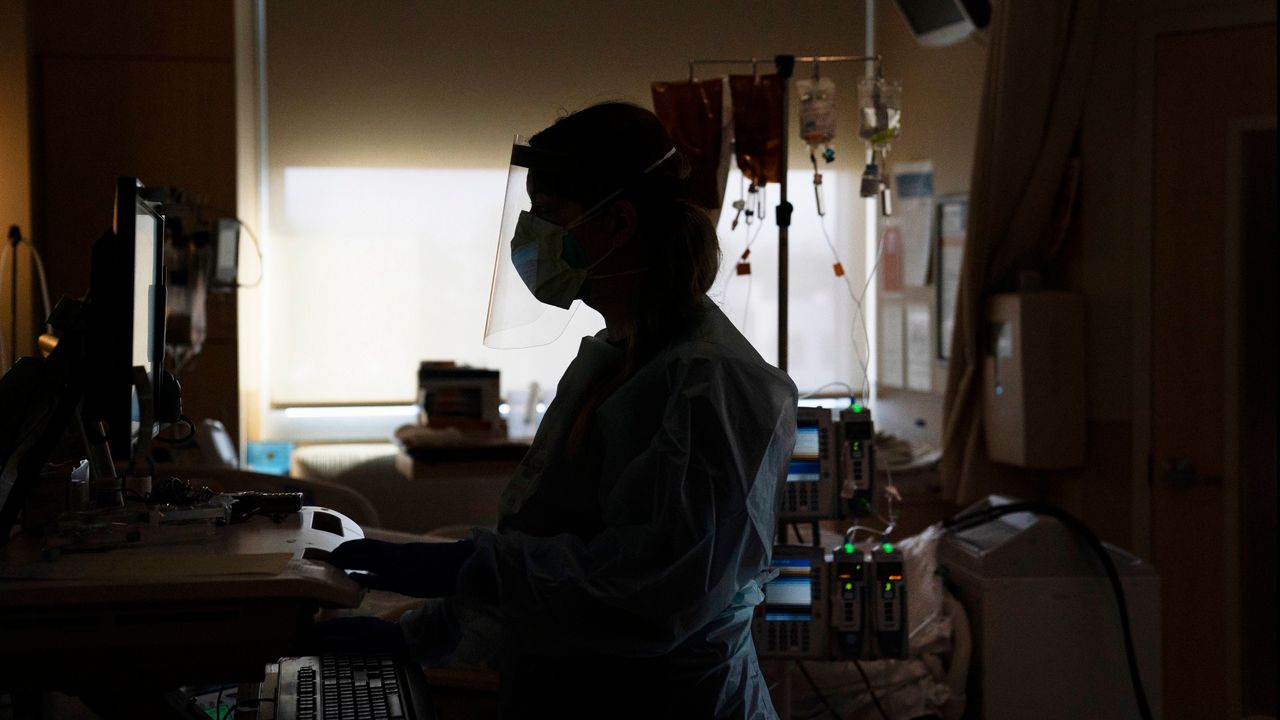MILWAUKEE — Monday marked a historic moment in the fight against COVID-19: The first Wisconsinites have now gotten the highly anticipated coronavirus vaccine, bringing us one step closer to the light at the end of the pandemic tunnel.
Tina Schubert, a respiratory therapist at UW Health, became the first known Wisconsinite to get her shot Monday afternoon. Tens of thousands of health care workers are expected to follow in the coming weeks.
As high-priority people across the country start getting their shots this week, we answer some questions about what vaccine distribution will look like in the Badger State.
Coronavirus Vaccine in Wisconsin: Frequently Asked Questions
- What’s the status of the first batch?
- Who’s getting the shots now?
- How are these vaccines distributed?
- How long until I can get my shot?
- Should I still be taking other COVID-19 precautions?
What’s the status of the first batch?
The FDA just finalized its emergency use authorization for the Pfizer/BioNTech vaccine on Friday, giving the green light to start vaccinating Americans for the first time outside of clinical trials.
After a massive effort to get the shipments over the weekend, a critical care nurse in Queens, New York, was the first in the country to get the vaccine Monday morning. Other states, including Wisconsin, quickly followed.
UW Health started doling out injections Monday afternoon, after announcing earlier that day that it had received its first doses.
A historic moment: respiratory therapist Tina Schubert became our first employee to receive the Pfizer COVID-19 vaccine. pic.twitter.com/jBUWRsjqVY
— UW Health (@UWHealth) December 14, 2020
DHS officials said that Wisconsin was expecting 49,725 doses to arrive this week, in a portion calculated according to state population.
“In the coming months, starting as soon as today, we will begin providing vaccine to Wisconsinites,” Julie Willims Van Dijk, deputy secretary for the Wisconsin Department of Health Services, said at a Monday briefing.
Like other leading vaccine candidates, the Pfizer vaccine requires two doses — spaced three weeks apart — to establish the immune response. The initial shipment will serve as the first doses for 49,725 high-priority Wisconsinites, with another shipment of the same size set aside for their follow-up shots, DHS officials explained.
Nationally, Operation Warp Speed officials said they planned to send out 2.9 million doses in the first wave, down from the 6.4 million doses they’d previously announced.
Who’s getting the shots now?
Wisconsin’s health care workers and long-term care facility residents are getting priority for the first vaccine doses, in line with CDC recommendations.
Health care personnel take on extra exposure risk in their work, and keeping them healthy also helps protect the whole community, members of the CDC panel emphasized. And residents of nursing homes or assisted living facilities are much more likely to face severe symptoms or die as a result of COVID-19: In Wisconsin, long-term care residents make up about 1% of coronavirus cases but 26% of related deaths.
With the limited number of doses so far, though, state officials acknowledged that many of these high-priority residents still won’t be covered from the first wave. For health care personnel alone, full coverage would require around 450,000 doses.
Wisconsin is currently focusing its efforts on essential health care personnel: According to a DHS release, the state is particularly “prioritizing hospitals and clinics as initial vaccination sites so as to reach front-line healthcare workers.”
Wisconsin’s State Disaster Medical Advisory Committee will help make recommendations on how to triage the limited doses as the state waits for more shipments, Willems Van Dijk said. Some of the early distribution priorities might just come down to “pragmatic issues” as well, she said.
“There may be times when we are doing a group of health care workers because they are there, and readily available, and the vaccine is thawed,” DHS deputy secretary Julie Willems Van Dijk said at a briefing last week. “So, it’ll be both thinking about who is most at risk and targeting those folks first — and, how do we make sure we don’t waste a single dose of vaccine.”
After these first two groups, the next doses will probably go to “other essential workers, people ages 65 and older, and people at increased risk for severe illness from COVID-19,” according to the DHS website. The CDC hasn’t yet made a formal recommendation on these later phases, though.
Once there’s enough supply, distribution will open for the general public.
How are these vaccines distributed?
The Pfizer vaccine will get sent out through a “hub and spoke” model, according to DHS officials.
Initial batches are being sent out to eight central locations across the state. These storage centers then pass smaller shipments along to health systems and long-term care facilities to give out the shots.
That’s because the Pfizer vaccine has to be kept at an extremely cold temperature of minus-70 degrees Celsuis. The “hubs” in this model — including UW Health in Madison and Marshfield Clinic Health System in north central Wisconsin — all have the special equipment needed to keep the doses frozen.
— UW Health (@UWHealth) December 14, 2020
Other leading vaccine candidates, including Moderna’s, don’t require the same extra-cold temperatures. If these are later approved by the FDA, they will skip the centralized model and be sent directly to vaccinators, said Stephanie Schauer, immunization program manager for the DHS.
At nursing homes and long-term care facilities, vaccines will be given out onsite through partnerships with local pharmacies, including CVS and Walgreens, according to the state’s vaccination plan.
Willems Van Dijk predicted that pharmacy partners would start vaccinating residents and staff at skilled nursing facilities around the end of the month. Once those facilities with a higher level of care are covered, they’d start giving shots in assisted living facilities as well — likely in January.
When vaccination opens up to the general public, people will likely be getting their shots at doctor’s offices, local pharmacies, and community clinics — many of the same places they’d turn for a flu shot, Willems Van Dijk said. The state is also preparing to hold mass vaccination events for the community to help meet what they expect will be a high level of demand.
How long until I can get my shot?
Because of the limited number of doses so far, Wisconsin may stay in “phase 1a” — focusing on health care workers and long-term care residents — for some time.
If the Moderna vaccine is also approved, officials say they expect around 16,000 doses in the first wave. The FDA’s advisory panel is set to meet Thursday to discuss the Moderna data.
After that, future allocations will depend on how fast companies can keep producing the shots. More batches will keep arriving in Wisconsin regularly, but it will probably be months before the vaccines are widely available to the public, DHS officials said.
Of course, there are other vaccine candidates still being tested, too, including those from AstraZeneca and Johnson & Johnson. If other shots prove to be effective, they may be added to the rotation as well and help ramp up the pace of vaccination.
Should I still be taking other COVID-19 precautions?
Absolutely, experts say. While the vaccines are a promising tool, the other protections we have in place — from masks to physical distancing to ventilation — are all still important.
DHS officials asked for patience, and continued vigilance, as we wait for the vaccines to work their way through the community. The shots being given out now are another layer of protection against COVID-19, they said, but they’re not the whole package.
“I know everybody is excited and we’d love to take our masks off by Valentine’s Day, but that’s just not going to happen,” Willems Van Dijk said.
One reason for keeping guards up: To achieve an effective level of herd immunity, experts estimate we may need up to 80% of people to be vaccinated. It will likely take a number of months to reach that kind of widespread coverage.
Plus, studies so far have shown that the vaccine is good at preventing people from getting sick with COVID-19 — but it’s still unclear if it fully stops infections or just protects from symptoms. More work is needed to confirm whether someone who has been vaccinated can still spread the virus to others, Susan Bailey, president of the American Medical Association, said at a Poynter webinar on Monday.
So, even though Bailey said she was “over the moon” about the U.S. kicking off vaccination efforts, she still cautioned that we can’t get ahead of ourselves just yet.
“It’s risky to think that when you get the shot in your arm, you’re done, and everything instantly goes back to normal again,” Bailey said. “It doesn’t.”








